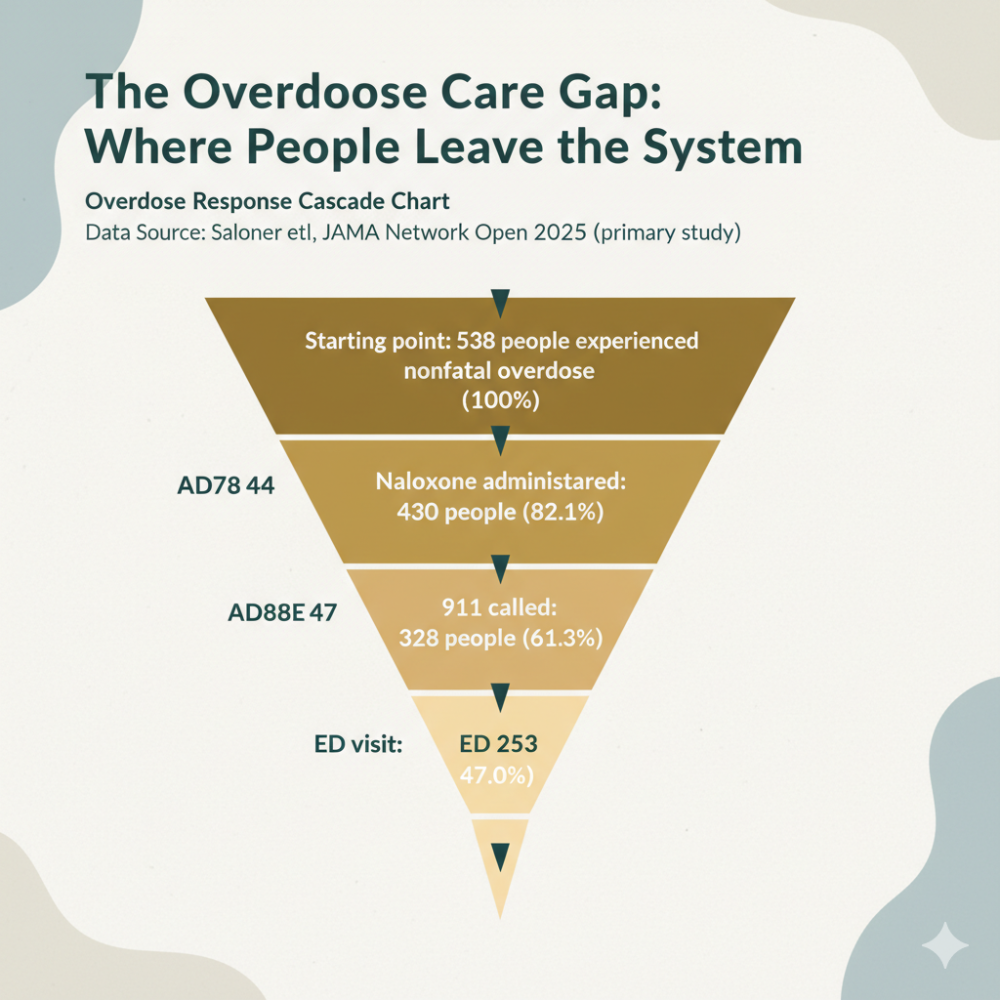In the face of America’s devastating opioid crisis, which claims approximately 9,000 lives monthly, UC Davis Health is launching an innovative study that could transform how we deliver addiction treatment. This $6.4 million research project, funded by the Patient-Centered Outcomes Research Institute (PCORI), aims to investigate whether telehealth can improve long-term adherence to buprenorphine, a life-saving medication for opioid use disorder (OUD).
The Critical Challenge
Despite buprenorphine’s proven effectiveness in reducing overdose risk, a significant challenge persists: many patients discontinue the medication after approximately six months, though years of treatment are often necessary for effective recovery. This discontinuation puts patients at increased risk for overdose and relapse.
Study Overview
Research Goals
The study will compare two approaches to follow-up care for patients who begin buprenorphine treatment in emergency departments:
– Telehealth appointments (video or phone visits)
– Traditional in-person follow-up care
Methodology
– Location: Three emergency departments participating in California’s “CA Bridge” program
– Process: Random assignment of patients to either telehealth or in-person follow-up care
– Focus: Measuring treatment engagement, medication retention, and patient satisfaction
Addressing Barriers to Care
According to Dr. Aimee Moulin, professor of emergency medicine and psychiatry at UC Davis and co-principal investigator, the study specifically targets common obstacles faced by OUD patients:
– Social instability
– Transportation challenges
– Low income
– Stigma associated with treatment
“Patients struggling with OUD often experience social chaos, making it difficult for them to attend traditional outpatient appointments,” notes Dr. Moulin. “Telehealth could offer a more accessible and less stigmatizing option for follow-up care.”
The Life-Saving Potential of Buprenorphine
Dr. Moulin explains the critical mechanism of buprenorphine: “It blocks the activity of opioid medications, like fentanyl, so that patients are less susceptible to losing consciousness and stopping breathing. For patients with opioid addiction, this medication is a lifesaver.”
Focus on Vulnerable Populations
The study particularly emphasizes reaching traditionally underserved populations. As Dr. Stephen Henry, co-principal investigator and associate professor of internal medicine, emphasizes: “This population is traditionally invisible or excluded from research studies. Our hope is to reach the most vulnerable patients who have the highest risk of overdose death.”
Broader Implications
The study’s findings could have far-reaching implications:
– Inform clinical practices across the United States
– Guide emergency physicians in making optimal referral decisions
– Address healthcare disparities in OUD treatment
– Potentially reduce overdose fatalities through improved treatment retention
Looking Forward
This research, administered by the UC Davis Center for Healthcare Policy and Research, represents a crucial step toward improving addiction treatment accessibility and effectiveness. By leveraging telehealth technology, the study aims to bridge the gap between emergency intervention and long-term recovery success.
—
*This research is supported by a $6.4 million grant from the Patient-Centered Outcomes Research Institute (PCORI) and builds on previous collaborative work funded by the UC Davis School of Medicine’s Office of Research.*
*Source: UC Davis Health Can telehealth help patients stick with Buprenorphine for opioid addiction?*



